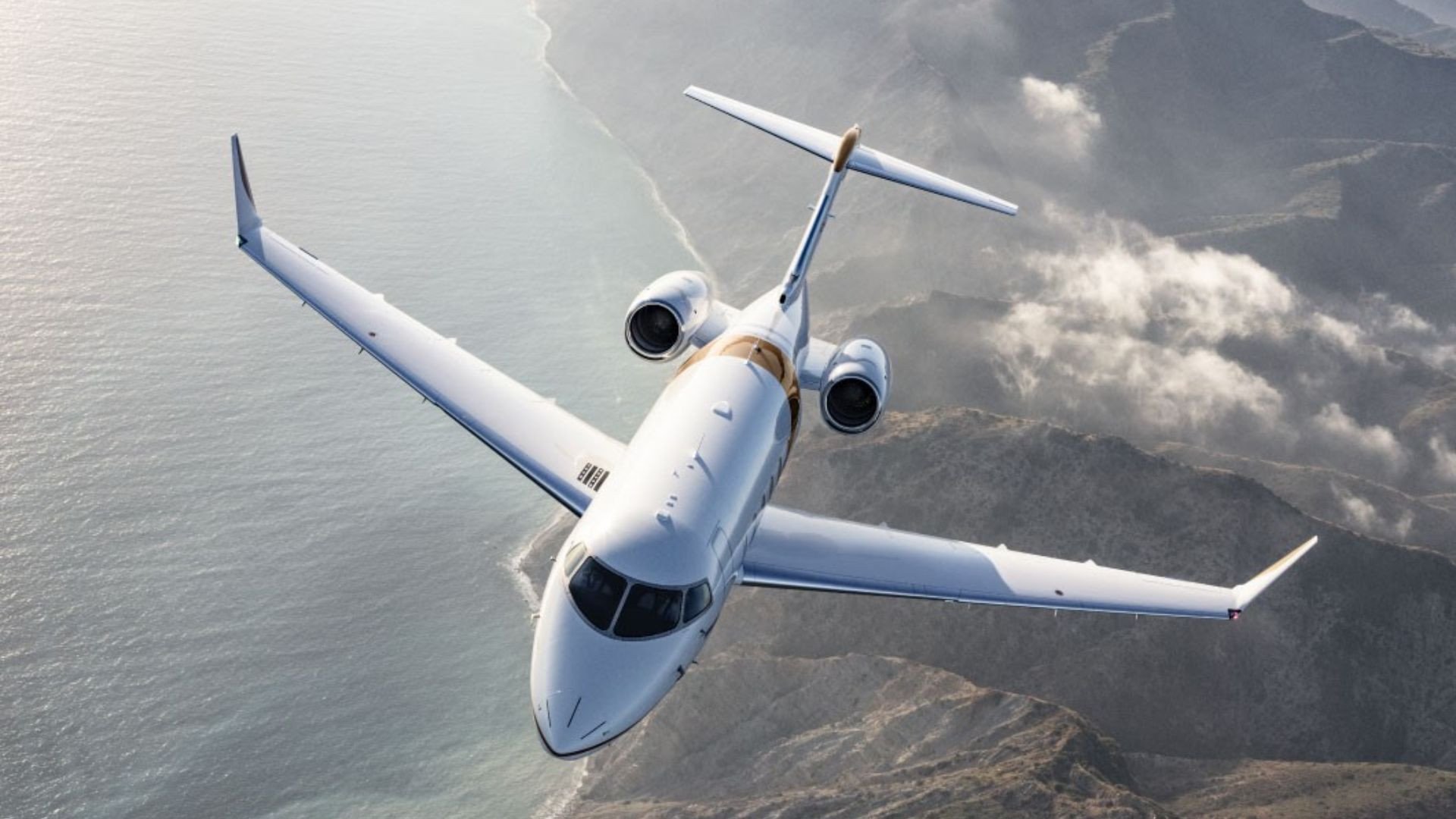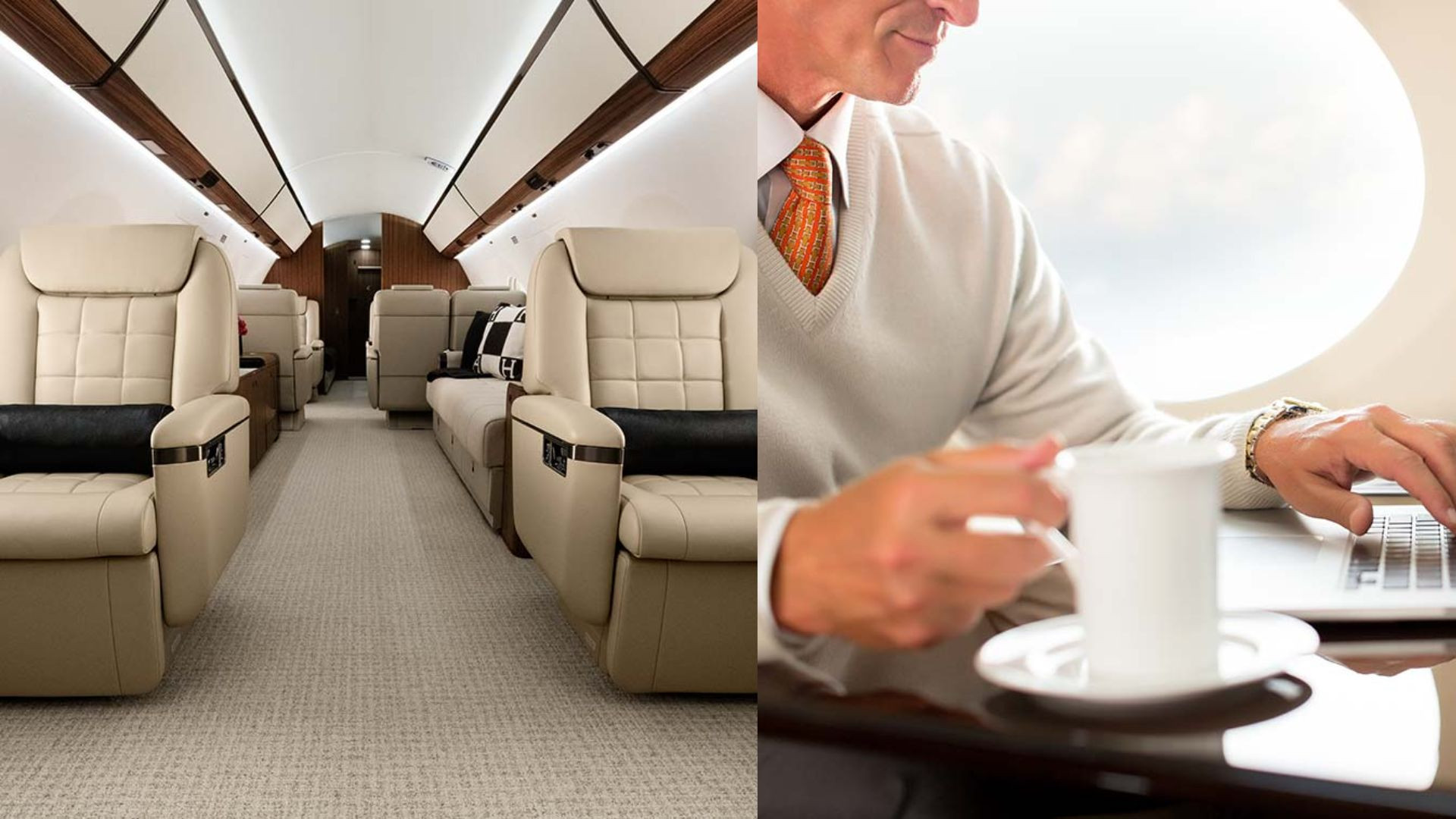Private jets are known for their luxury and convenience, but did you know they also fly higher than commercial planes? There are many reasons why private jets can reach altitudes of up to 51,000 feet while most commercial planes stay between 30,000 and 40,000 feet. Here are some factors that make private jets soar above the rest.
So how high do they fly?
You might be curious about the cruising altitude of private jets in comparison to commercial planes. Typically, most commercial aircraft operate at approximately 35,000 feet (with variations specified by air traffic control along the route) and are certified to fly up to 41,000 feet. Certain widebody aircraft, such as the Airbus A380, Airbus A350, and Boeing 787, have higher certifications, reaching up to 43,100 feet (with some variations, like the 787-10 and A350-1000, rated lower at 41,100 feet and 41,450 feet). However, due to air traffic restrictions, they may not routinely operate at these altitudes.
Most medium and large private jets typically operate at altitudes higher than this, often surpassing the altitude due to reduced air traffic and fewer restrictions. As per Simple Flying, many aircraft, including the Gulfstream G650 and G650ER, Bombardier Global Express or Challenger jets, Cessna Citation X, and the Dassault Falcon 7X, have maximum ratings of 51,000 feet. On the other hand, Embraer Legacy and Praetor jets, along with the Cessna Citation Longitude and Excel jets, have slightly lower altitude ratings, capped at 45,000 feet.

Safety standards
Safety is a paramount concern for all aircraft, but private jets have more flexibility regarding regulations and systems. In case of cabin depressurization, commercial planes have to descend quickly to a safe altitude below 10,000 feet, with enough oxygen for passengers. This requires special design features and safety equipment, such as oxygen masks and emergency slides. Private jets, however, can descend faster and have different levels of cabin pressurization and oxygen supply. They also have less risk of fuselage damage from engine failure, as their engines are located at the plane’s rear, away from the pressurized cabin.
Private jets are faster and more efficient
Flying at higher altitudes also benefits performance and fuel economy. At higher altitudes, the air is thinner and cooler, which improves the efficiency of jet engines and reduces fuel consumption. Of course, this has to be balanced against the fuel required to reach those altitudes, which is more of an issue for heavier commercial planes. Private jets also have engines with lower bypass ratios, which means they use more air from the engine’s core rather than from the fan around it. This optimizes their performance at higher altitudes.
Size matters
Private jets are designed to be agile and efficient, with a higher power-to-weight ratio than commercial planes. This means they can climb faster and maintain higher speeds at higher altitudes, where the air is thinner and offers less resistance. Commercial aircraft, on the other hand, are heavier and bulkier, with more passengers and cargo on board. They also need more enormous wings to support their weight at higher altitudes, which is why some models, such as the Boeing 777X, have folding wings to save space on the ground.

Smoother experience at sky-high
Weather and turbulence also affect the comfort and safety of flying. At 35,000 feet, commercial planes are already above most weather phenomena, but they can still encounter turbulence from wind shear or jet streams. This can be unpleasant for passengers and crew, as well as cause structural stress on the plane. Private jets can avoid these problems by flying even higher, where the air is calmer and clearer. They also have more options to change course or altitude if they encounter bad weather or turbulence.
Lesser air traffic
Air traffic is another factor that affects the choice of altitude. Commercial planes must follow predefined flight paths and altitudes, which are often crowded and congested. This can lead to delays and diversions, as well as increased fuel burn and emissions. Private jets have more freedom to choose their routes and altitudes, which are usually less busy and more direct. This saves time and money, as well as reduces the environmental impact.
As you can see, there are many reasons why private jets fly higher than commercial planes. They have advantages in size, weight, power, safety, speed, efficiency, traffic, and comfort that allow them to reach altitudes that most commercial planes cannot. Of course, flying at such high altitudes also comes with challenges and risks, such as hypoxia, decompression sickness, and engine icing but these are mostly related to extreme high-altitude travel likely when going to space or high-end fighter aircraft.
Source: interestingengineering.com






